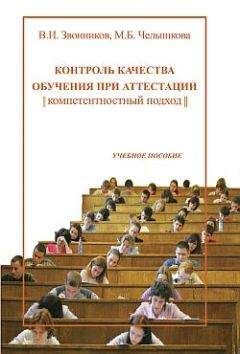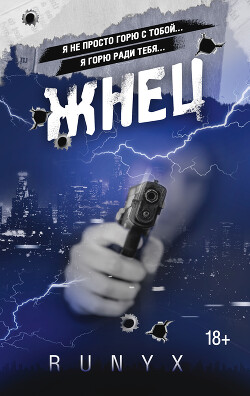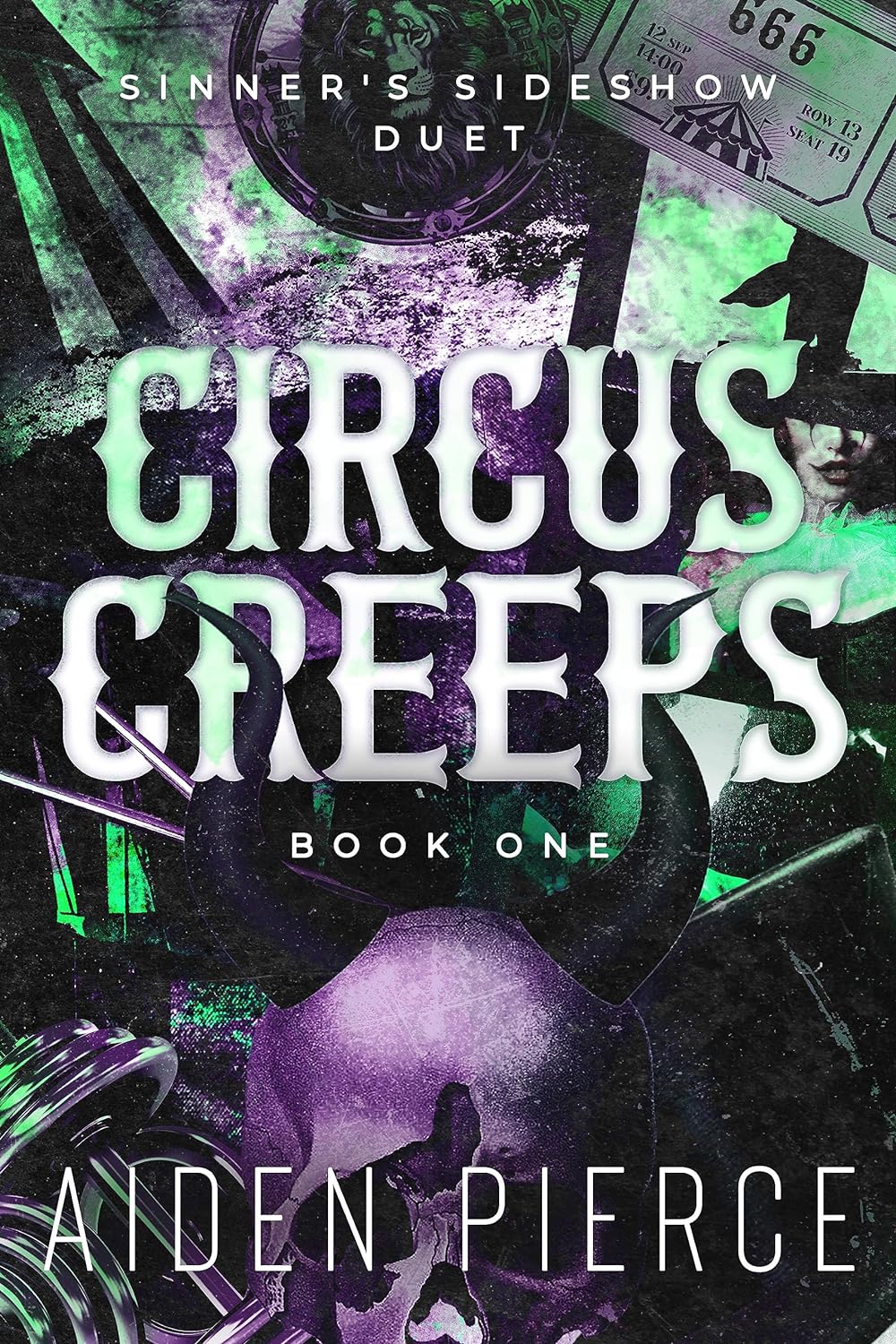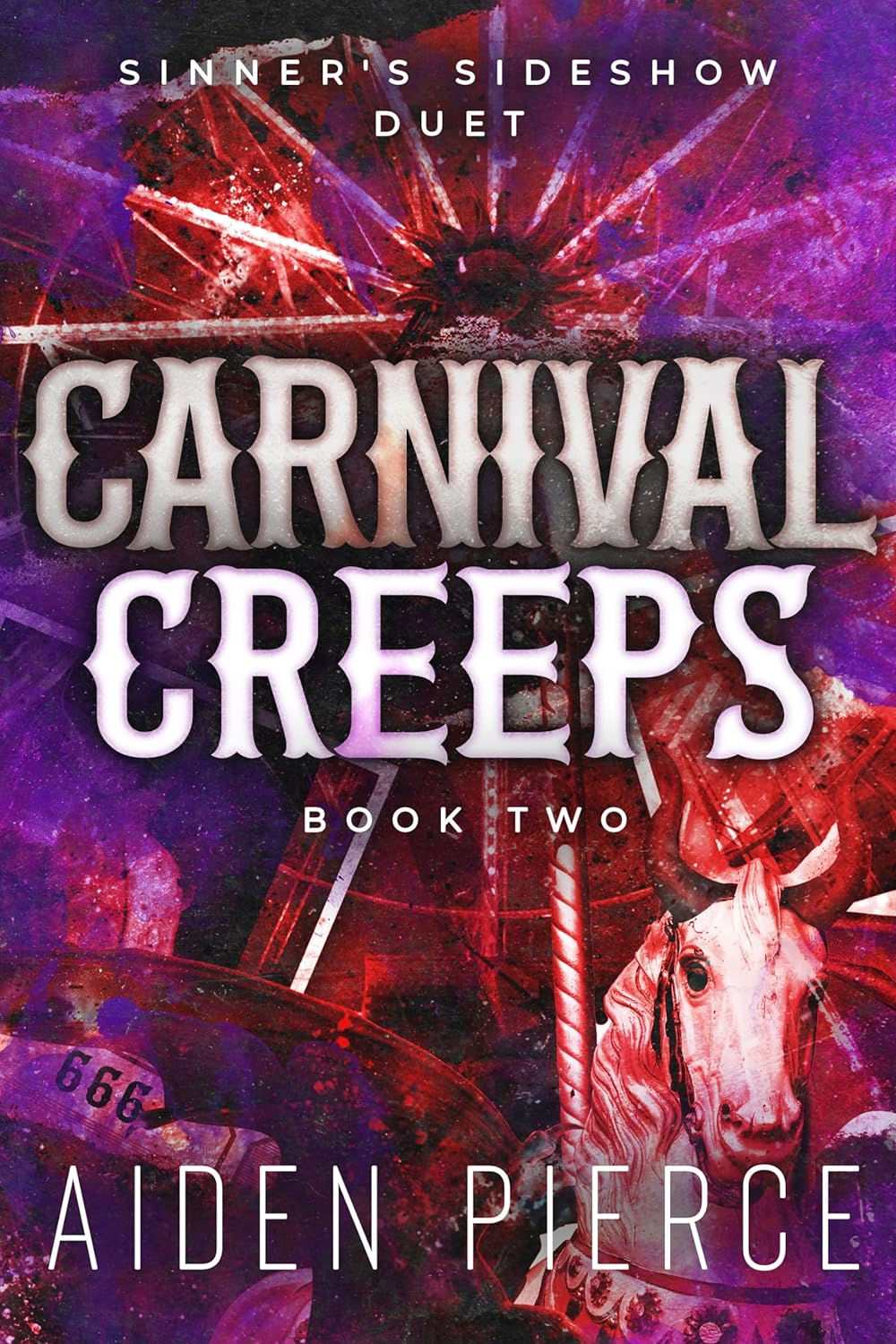Джонатан Смит - Псевдонаука и паранормальные явления: критический взгляд

Помощь проекту
Псевдонаука и паранормальные явления: критический взгляд читать книгу онлайн
Smith, J. C. (2007). The psychology of relaxation. In P.M. Lehrer, R.L. Woolfolk, & W. E. Sime (Eds.), Principles and practice of stress management (3rd ed., pp. 38–56). New York: Guilford Press.
Sonetti, D. A., Wetter, T. J. Pegelow, D. E, & Dempsey, J. A. (2001). Effects of respiratory muscle training versus placebo on endurance exercise performance. Respiration Physiology, 127 (2–3), 185–199.
Sun, Y., & Gan, T. J. (2008). Acupuncture for the management of chronic headache: A systematic review. Anesthesia and Analgesia, 107(6), 2038–2047.
Talbot, M. (2000). The placebo prescription. New York Times Magazine, January 9. Retrieved April 1, 2008 from: www.nytimes.eom/library/magazine/home/20000109mag-talbot7.html
Vase, L., Robinson, M. E., Verne, G. N., & Price, D. D. (2005). Increased placebo analgesia over time in irritable bowel syndrome (IBS) patients is associated with desire and expectation but not endogenous opioid mechanisms. Pain, 115, 338–347.
Voet, W. (1999). Breaking the chain: Drugs and cycling, the true story. London: Random House/Yellow Jersey Press.
Waber, R. L., Shiv, B., Carmon, Z., & Ariely, D. (2008). Commercial features of placebo and therapeutic efficacy. Journal of the American Medical Association, 299, 1016–1017.
Wampold, B. E., Minami, Т., Tierney, S. С, Baskin, T. W., & Bhati, K. S. (2005). The placebo is powerful: Estimating placebo effects in medicine and psychotherapy from randomized clinical trials. Journal of Clinical Psychology, 61, 835–854.
Wark, D. M. (2006). Alert hypnosis: A review and case report. American Journal of Clinical Hypnosis, 48, 291–300.
Zubieta, J-K., Bueller, J. A., Jackson, L. R., Scott, D. J., Xu, Y., Koeppe, R. A., et al. (2005). Placebo effects mediated by endogenous opioid activity on x-opioid receptors. The Journal of Neuroscience, 25, 7754–7762.
Глава юAleman, A., & Larai, E. (2008). Hallucinations: The science of idiosyncratic perception. Washington, DC: American Psychological Association.
American Psychiatric Association (2004). DSM IV-TR. Washington, DC: American Psychiatric Association.
Beyerstein, B. L. (1996). Believing is seeing: Organic and psychological reasons for hallucinations and other anomalous psychiatric symptoms. Medscape Psychiatry &? Mental Health ejournal, 1. Retrieved April 1, 2008 from: www.medscape. com/viewarticle/431517
Birbaumer, N., Gruzelier, J., Jamieson, G. A., Kotchoubey, B., Kubier, A., Lehmann, D., et al. (2005). Psychobiology of altered states of consciousness. Psychological Bulletin, 131, 98-127.
Blackmore, S. (1991). Near-death experiences: In or out of the body? Skeptical Inquirer, 16, 34–45.
Blackmore, S. (2004). Consciousness: An introduction. New York: Oxford University Press.
Blackmore, S. (n d.). OBE. Retrieved April 1, 2008 from: www.issc-taste.org/arc/dbo. cgi?set=expom&id=00075&ss=l
Blackmore, S. J., & Troscianko, T. S. (1989). The physiology of the tunnel. Journal of Near-Death Studies, 8, 15–28.
Bourguignon, E. (1970). Hallucinations and trance: An anthropologist’s perspective. In W. Keup (Ed.), Origins and mechanisms of hallucinations (pp. 83–90), New York: Plenum Press.
Bower, B. (2005). Night of the crusher. Science News, 168, p. 27. Retrieved April I, 2008 from: www.sciencenews.org/articles/20050709/bob9.asp
Bradshaw, J. (1967). Pupil size as a measure of arousal during information processing. Nature, 216, 515–516.
David, A. S. (2004). The cognitive neuropsychiatry of auditory verbal hallucinations: An overview. Cognitive Neuropsychiatry, 9, 107–124.
Depersonalization Support Community. Retrieved April 1, 2008 from: www.dpself help, com/
Ehrsson, H. E. (2007). The experimental induction of out-of-body experiences. Science, 317, 1048.
Evans, R. W., & Matthew, N. T (2005). Handbook of headache (2nd ed.). Philadelphia: Lippincott Williams and Wilkins.
Geschwind, N. (1983). Interictal behavioral changes in epilepsy. Epilepsia, 24, 23–30.
Goodman, W. K., & Murphy, Т. K. (1998). Obsessive-compulsive disorder and Tourette’s syndrome. In S.J. Enna & J.T. Coyle (Eds.), Pharmacological management of neurological and psychiatric disorders (pp. 177–211). New York: McGraw-Hill Health Professions Division.
Grassian, S. (1993). Psychiatric effects of solitary confinement. Declaration submitted September 1993 in Madrid v. Gomez, 889E Supp. 1146. Retrieved April 1, 2008 from: www.prisoncommission.org/statements/grassian_stuart_long.pdf
Hunter, E. C, Sierra, M., & David, A. S. (2004). The epidemiology of depersonalisation and derealisation. A systematic review. Social Psychiatry and Psychiatric Epidemiology, 39, 9-18.
Illusion Forum. Retrieved March 23, 2008 from: www.brl.ntt.co.jp/IllusionForum/basic s/visual/index-e.html
Lenggenhager, B., Tadi, Т., Metzinger, Т., & Blanke, О. (2007). Video ergo sum: Manipulating bodily self-consciousness. Science, 317, 1096.
Lutz, P. L., & Nilsson, G. E. (1997). The brain without oxygen. Austin, TX: Landes Bioscience.
Maddox, R. W, & Long, M. A. (1999). Eating disorders: Current concepts. Journal of the American Pharmacological Association, 39, 378–387.
Morris, R. L., Harary, S. B., Janis, J., Hartwell, J., & Roll, W. G. (1978). Studies of communication during out-of-body experiences. Journal of the Society for Psychical Research, 72, 1-22.
NINDS (2007). National Institute of Neurological Disorders and Stroke. Migraine information page. Retrieved April 1, 2008 from: www.ninds.nih.gov/disorders/ migraine/migraine, htm
Partala, Т., & Surakka, V. (2003). Pupil size variation as an indicator ot affective processing. International Journal of Human-Computer Studies, 59, 185–198.
Penfield, W. (1955). The twenty-ninth Maudsley lecture: The role of the temporal cortex in certain physical phenomena. Journal of Menial Science, 101, 451–465.
Peterson, С. B., & Mitchell, J. E. (1999). Psychosocial and pharmacological treatment cheating disorders: A review of research findings. Journal of Clinical Psychology, 55, 685–697.
Phelps, В. J. (2000). Dissociative identity disorder: The relevance ot behavior analysis. The Psychological Record, 50, 235–249.
Ritsher, J. B., Lucksted, A., Otilingam, P. G., & Grajales, M. (2004). Hearing voices: Explanations and implications. Psychiatric Rehabilitation Journal, 21, 219–227. Retrieved April 1, 2008 from: repositories.cdlib.org/postprints/1597
Sacks, O. (1999). Migraine. New York: Knopf.
Sacks, O. (2008). Patterns. New York Times, Thursday, February 14. Retrieved February 14, 2008 from: migraine.blogs.nytimes.com/2008/02/ 13/patterns/index.html
Sarbin, T. R., & Juhasz, J. B. (1975). The historical background of the concept of hallucination. In R. K. Siegel & L. J. West (Eds.), Hallucituttions: Behavior, experience and theory (pp. 214–227). New York: Wiley.
Schroeter-Kunhardt, M. (1993). A review of near death experiences. Journal of Scientific Exploration, 7, 219–239.
Shapiro, A. K., Young, J. G., Shapiro, E., & Feinberg, Т. E. (1988). Gilles de la Tourette syndrome. Philadelphia, PA: Lippincott Williams and Wilkins.
Simner, J., Mulvenna, C., Sagiv, N., Tsakanikos, E. Witherby, S. A., Fraser, C, et al. (2006). The prevalence of atypical cross-modal experiences. Perception, 8, 1024–1033.
Tien, A. Y. (1991). Distribution of hallucinations in the population. Social Psychiatry and Psychiatry Epidemiology, 26, 287–292.
Ward, J. (2004). Emotionally-mediated synaesthesia. Cognitive Neuropsychology, 21, 761–772.
Ward, J., Huckstep, B., &Tsakanikos, E. (2006). Sound-colour: To what extent does it use cross-modal mechanisms common to us all? Cortex, 42 (2), 264–280.
Wells, H. G. (1898). War of the worlds. New York: Bartleby.com.
Young, W. B., & Silberstein, S. D. (2004). Migraine and other headaches. St. Paul, MN: AAN Press.
ГлаваnBaker, R. (1996). Cryptomnesia. In G. Stein (Ed.), The encyclopedia of the paranormal (pp. 186–199). Amherst, NY: Prometheus Books.
Bernstein, M. (1956). The search for Bridey Murphy. New York: Doubleday.
Blackmore, S. (1991). Near-death experiences: In or out of the body. Skeptical Inquirer, 16, 34–45.
Brandon, R. (1983). The spiritualists: The passion for the occult in the nineteenth and twentieth centuries. New York: Alfred A. Knopf.
Carroll, R. C. (2006a). What if Gary Schwartz is right? The skeptic's dictionary. Retrieved April 1, 2008 from: skepdic.com/essays/schwartz.html
Carroll, R. C. (2006b). Gary Schwartz and intelligent design. The Skeptic’s Dictionary Newsletter 67. May, 2006. Retrieved April 1, 2008 from: skepdic.com/news letter67/html#5
Edwards, P. (1996). Reincarnation: A critical examination. Amherst, NY: Prometheus Books.
Ehrsson, H. E. (2007). The experimental induction of out-of-body experiences. Science, 317. 1048.
Ernst, В. M. L., & Carrington, H. (1932). Houdini and Conan Doyle: The story of a strange friendship. New York: Albert and Charles Boni.
Hart, H. (1959). The enigma of survival. London: Rider & Co.
Houdini, H. (1924). A magician among the spirits. New York: Harper.
Hyman, R. (2003). I low not to test mediums: Critiquing the afterlife experiments. Skeptical Enquirer, January/February 2003. Retrieved April 1, 2008 from: www.csicop. org/si/2003-01 /medium.html
Irwin, H. J., & Watt, C. A. (2007). An introduction to parapsychology. Jefferson, NC: McFarland.
Keene, M. (1976). Psychic mafia. New York: St. Martin’s Press.
Kühler-Ross, E. L. (1969). On death and dying. New York: Simon & Schuster.
Kurtz, P. (1985). Spiritualists, mediums, and psychics: Some evidence of fraud. In P. Kurtz (Ed.), A skeptic's handbook of parapsychology (pp. 177–223). Amherst, NY: Prometheus Books.
Lenggenhager, B., Tadi, Т., Metzinger, Т., & Blanke, О. (2007). Video ergo sum: Manipulating bodily self-consciousness. Science, 317, 1996. van Lommel, P., van Wees, R., Meyers, V., & Elfferith, 1. (2001). Near death experience in survivors of cardiac arrest: A prospective study in the Netherlands. Lancet, 358, 2039–2045.
Mole, P. (2002). Reincarnation. In M. Shermer (Ed), The skeptic encyclopedia of pseudoscience (pp. 204–212). Santa Barbara, CA: ABC–CLIO.
Moody, R. A., Jr. (1975). Life after life. New York: Bantam.
Mulholland, J. (1938). Beware familiar spirits. Reprinted New York: Charles Scribner’s Sons, 1979.
O’Keeffe, C., & Wiseman, R. (2005). Testing alleged mediumship: Methods and results. British Journal of Psychology, 96, 165–179.
Rhodes, E. (2007). Signed confession of Margaret Fox Kane October, 1988. Retrieved April 5, 2009 from: www.emmalouiserhodes.com/articles/fox-statement.php
Ring, K. (1980). Life at death. New York: Coward, McCann and Goeghegan.
Roach, M. (2005). Spook: Science tackles the afterlife. New York: WW. Norton.
Rosenbaum, R. (2004). Dead like her: How Elisabeth Kiibler-Ross went around the bend. Retrieved April 1, 2008 from: from: slate.com/id/2107069/
Schwartz, G.E. R. (2002). The afterlife experiments: Breakthrough scientific evidence of life after death. New York: Pocket Books.
Schwartz, G.E. R. (2009). The Sophia Project. Retrieved February 26, 2009 from: lach. web.arizona.edu/sophia/
Shermer, M. (2008). Stage theories of human behavior have little evidentiary support. Scientific American, 299 (5), 42.
Stein, G. (1996a). Spiritualism. In G. Stein (Ed.), The encyclopedia of the paranormal (pp. 713–716). Amherst, NY: Prometheus Books.
Stein, G. (1996b). Harry Houdini and the paranormal. In G. Stein (Ed.), The encyclopedia of the paranormal (pp. 329–332). Amherst, NY: Prometheus Books.
Stevenson, 1. (1980). Twenty cases suggestive of reincarnation (2nd ed., rev. and enlarged). Charlottesville: University of Virginia Press.
Stevenson, I. (1997). Where reincarnation and biology intersect. Westport, CT: Praeger.
Stuart, N. R. (2005). The reluctant spiritualist: The life of Maggie Pox. New York: Harcourt.
Taylor, H. (2003). The religious and other beliefs of Americans 2003. The Harris Poll #11, February 26, 2003. Retrieved April 1, 2008 from: www.harrisinteractive.com/harris_ poll/index. asp?PID=359
Taylor, T. (2007). Prairieghosts.com
Williamson, S. H. (2007). Six ways to compute the relative value of a U. S. dollar amount, 1774 to present. Retrieved April 1, 2008 from: www.measuringworth.com/calcuIa-tors/uscompare/ index. php
Глава 12Affective Computing. (2008). Million dollar challenge. Retrieved April 29, 2008 from: affect.media.mit.edu/milliondollarchallenge/
Alcock, J. E. (1981). Parapsychology: Science or magic? Burlington, MA: Elsevier.

























